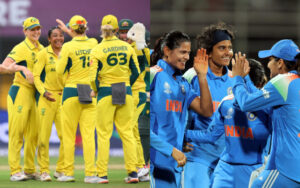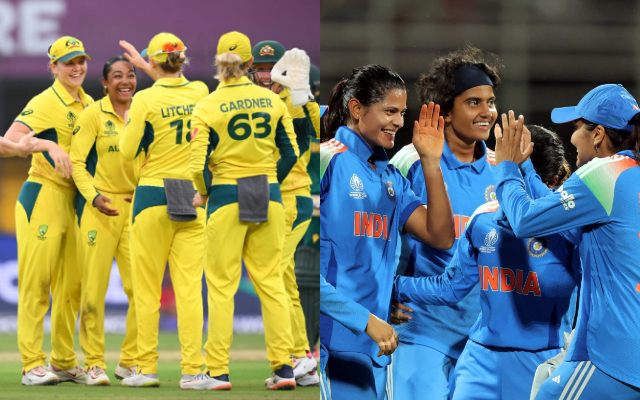
As a broadcaster gearing up for the India v Australia Women’s World Cup semi-final, the key positioning must combine event excellence, narrative urgency, multi-platform distribution, and brand-friendly metrics. This is no ordinary fixture: it involves two of the world’s leading teams in women’s cricket, raising natural interest and presenting a premium marketing moment.What we will address in this article are three interesting aspects – What should be the positoning of the match? How is this different from, say, the recently concluded Asia Cup 2025? How does platform behaviour influence the marketing communication?
The first step is to frame the encounter as a “must-see” moment. The marketing thinking for the India – Australia semi-final must begin with one central truth – this isn’t just a match, it’s a moment of cultural significance. The broadcaster’s task is to frame that moment in a way that ignites emotion while delivering measurable reach. The creative route has to balance sporting drama with social resonance: is this a battle of equals and old rivals, a movement for empowerment or a unifying spectacle?
Each route appeals to a different motivation – the purist’s passion for competition, the new viewer’s pride in representation, and the brand’s desire for inclusivity and scale. The chosen direction must therefore stem from audience insight, platform behaviour, and the narrative that aligns best with current cultural sentiment.
The eventual route depends on three filters. First, the target-group composition. If core cricket fans dominate, rivalry and performance will drive creative; if the broadcaster seeks light and female viewers, emotion and inclusivity become central. Second, the brand mix –
high-value sponsors like financial or tech brands prefer purpose-led storytelling, while FMCG and youth brands favour energy and interactivity. Third, the platform architecture. A linear-heavy strategy needs cinematic storytelling, while OTT-first demands participatory engagement and gamification.
For More Exciting Articles: Follow RevSportz
The marketing approach, therefore, will emerge at the intersection of audience data, brand objectives, and platform dynamics, with the winning narrative being the one that not only fills stadiums and screens but also positions women’s cricket as a defining cultural and commercial movement.
Unlike a movie premiere, which is a pre-produced and predictable spectacle, a live semi-final, especially India v Australia in a World Cup, is unfolding drama in real time. The outcome is unknown, and that uncertainty is what fuels mass engagement. The broadcaster’s marketing needs to tap into anticipation and consequence – “90 overs that could change history” – rather than content discovery. A film campaign builds curiosity around stars and storylines; a sports campaign builds urgency around national pride, rivalry, and destiny.
By contrast, the men’s Asia Cup already carries institutional equity and routine frequency – it happens every couple of years, audiences are habituated. The creative there must work to differentiate within familiarity (“New rivalries, new heroes”).
The Women’s World Cup semi-final, however, is a category-defining event, not just a calendar one. It needs to make viewers feel part of a milestone, not just another tournament night. Asia Cup campaigns thrive on rivalry and legacy – think “India vs Pakistan: the clash that stops time.” Movie promotions rely on glamour and aspiration – red carpets, celebrity chatter, premieres.
The Women’s semi-final sits in a third space: progressive patriotism. It’s about pride, purpose, and possibility. Brands here are not just seeking eyeballs; they want value alignment – leadership, equality, excellence. So your tone must be inspiring yet inclusive, cinematic but real, with a strong human-interest spine.
If the Asia Cup is a celebration of supremacy, and a movie premiere a celebration of storytelling, this is a celebration of change – sport as a symbol of evolution.
Also Read: Rain plays spoilsport as India-Bangladesh clash is abandoned





